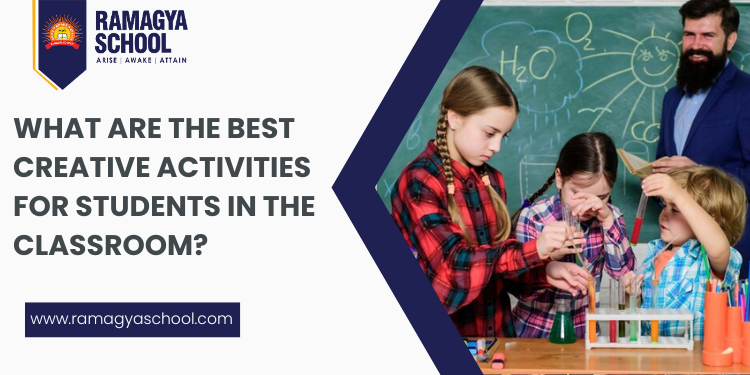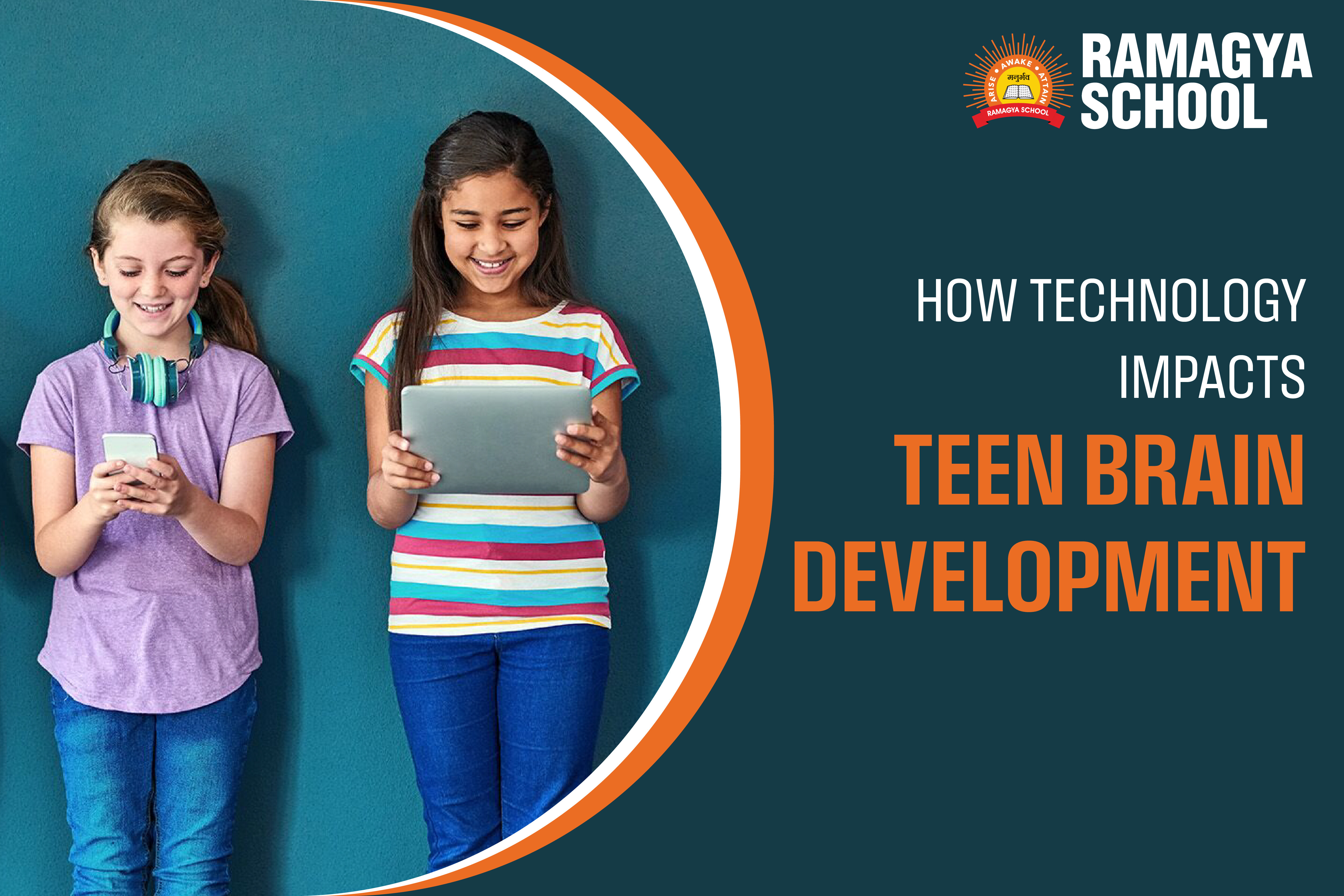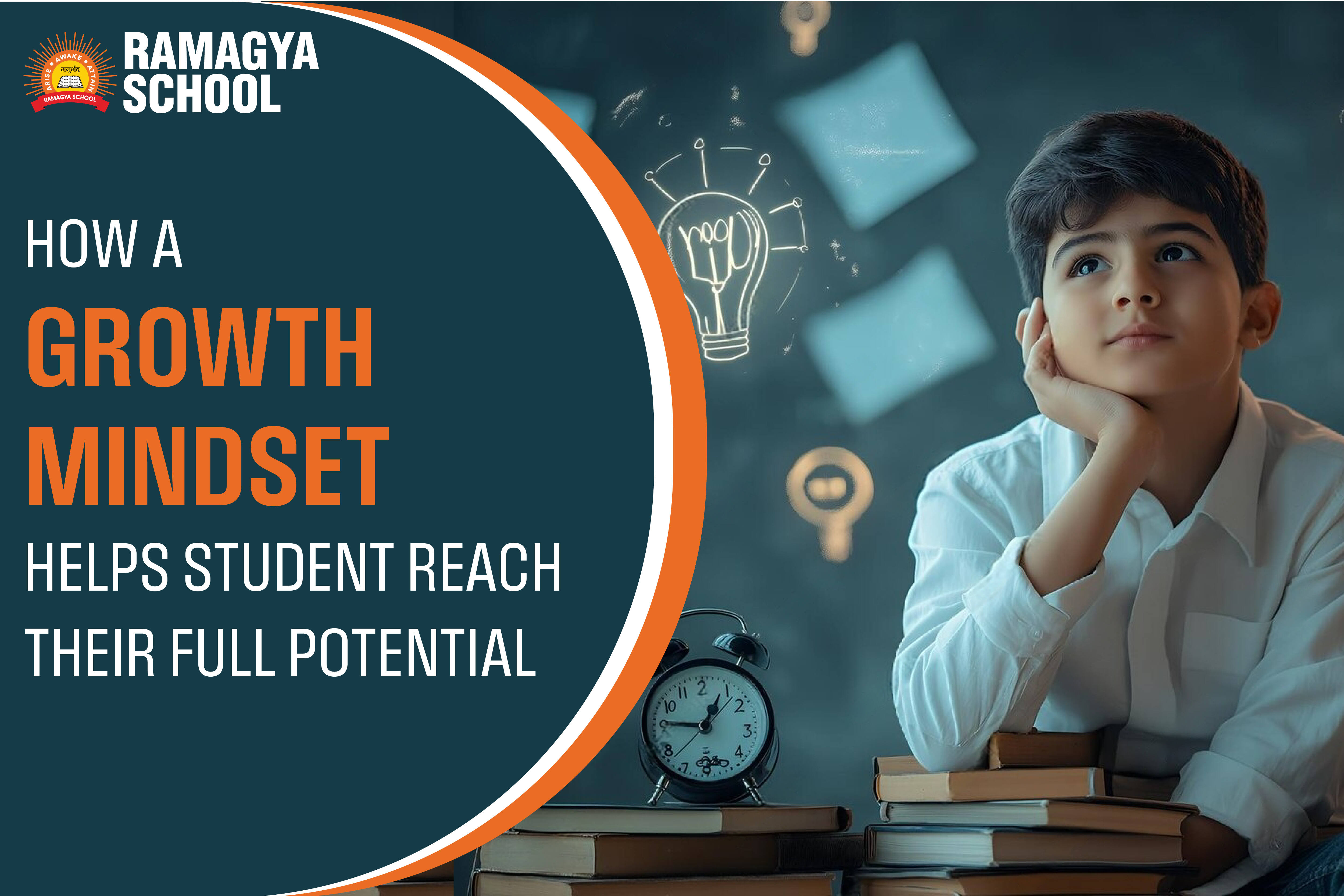Creativity is an essential part of learning, helping students express themselves and develop critical thinking skills. Incorporating creative activities into the classroom can enhance student engagement and foster a love for learning.
Here are some of the best creative activities for kids that can be easily implemented in the classroom.
1. Art Projects
Art projects are one of the most popular creative activities for kids. These can include drawing, painting, or crafting. Here are a few ideas:
- Themed Collages: Students can create collages on a particular subject, like seasons and animals or cultural traditions. This activity allows students to look at various kinds of materials and express their ideas visually.
- Group Murals: A mural project allows students to collaborate to create a huge work of art. It could be connected to the subject they are studying, encouraging collaboration and teamwork.
Art projects don’t just let kids to show their imagination but also aid in improving motor skills and increase confidence .
2. Creative Writing
Writing is a powerful method for students to express their thoughts and feelings. Inspire creative writing in the classroom by:
- Story Prompts: Provide students with engaging questions to stimulate their imagination. For instance, “What would happen if animals could talk?” This could result in many exciting and creative stories.
- Poetry Writing: Introduce students to different forms of poetry, such as haikus or acrostics. This activity allows students to engage in language play and helps them to discover their own voice .
Creative writing activities can help develop the skills of literacy and create an interest in storytelling.
3. Drama and Role-Playing
Drama is a great method for students to be creative while gaining social skills. Here are some suggestions:
- Improv Games: Improv games help students in thinking in their heads and improve rapid decision-making skills. Activities such as “Yes and …” will encourage collaboration and creativity.
- Short Skits: Students should create and perform short skits that are based on an article they had read or an event from history. This will not only increase their confidence, but it also helps to improve their knowledge of the subject .
Role-playing games promote teamwork, empathy and the ability to communicate.
4. Music and Movement
Incorporating music and movement in the classroom can spur the mind and enhance learning. Take a look at these ideas:
- Songwriting: Encouraging students to create their own songs or raps about what they are studying. This is a great method to refresh concepts or vocabulary in an enjoyable and memorable manner.
- Movement Games: Use games that require movement such as freeze dance or rhythm games. This makes the classroom more lively, but also allows students to release the energy they have stored up .
These activities encourage physical activity as well as expression of creative ideas through music.
5. Science and Creativity
Mixing science with fun activities can help students grasp the concepts and have fun doing it. Here are a few ideas:
- Hands-On Experiments: Students should be encouraged to conduct simple experiments and record their results with drawings or written notes. This will allow them to express their imagination while learning the basic scientific concepts.
- Nature Art: Take your students outdoors to gather leaves, rocks and other natural elements to make art projects. This helps them appreciate the natural world and develops their observation abilities .
Creative activities that are based on science can help develop the ability to think critically and stimulate curiosity.
6. Technology and Digital Creativity
Utilizing technology in creative activities can help students engage in innovative ways. Here are some ideas:
- Digital Storytelling: Students can write digital stories by using programs or applications. This could include mixing images, text as well as audio to present their stories in a unique way.
- Animation Projects: Utilizing a simple animation program students are able to create short animations that are based on their own concepts or tales. This helps them develop technical skills as well as allowing them to express their creativity .
Technologies-based learning activities aid students in developing digital literacy and thinking critically.
7. Creative Hobbies as Projects
Inspiring students to take on creative hobbies that could lead to more enlightening experiences. Here are some suggestions:
- Crafting Clubs: Establish a craft club where students learn various crafting techniques including knitting and sewing or woodworking. This creates a sense of community and encourages students to learn from each other.
- Photography Projects: Let students learn about photography and use it as a pastime. They could take pictures that are based on particular themes and then show them to the class. It teaches them to view the world through a different lens .
Inspiring students to be creative in the classroom could result in long-lasting enthusiasm.
Conclusion
Incorporating creative activities for kids into the classroom can enhance engagement, boost confidence, and foster a love for learning. From art and drama to music and technology, these activities allow students to express themselves in various ways. By encouraging creative hobbies and hands-on experiences, teachers can create a vibrant learning environment where students thrive. Remember, creativity is not just an activity; it’s a vital skill that prepares students for success in the future .
Implementing these activities can make a significant difference in how students perceive learning, helping them to grow as individuals and learners.



